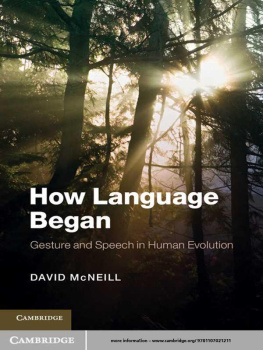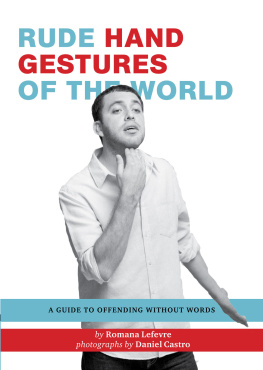Contents
by the same author
The Biology of Art
The Mammals
Men and Snakes (co-author)
Men and Apes (co-author)
Men and Pandas (co-author)
Zootime
Primate Ethology (editor)
The Naked Ape
The Human Zoo
Patterns of Reproductive Behaviour
Intimate Behaviour
Manwatching
Gestures (co-author)
Animal Days
The Soccer Tribe
Inrock
The Book of Ages
The Art of Ancient Cyprus
Bodywatching
The Illustrated Naked Ape
Dogwatching
Catwatching
The Secret Surrealist
Catlore
The Animals Roadshow
The Human Nestbuilders
Horsewatching
The Animal Contract
Animalwatching
Babywatching
Christmas Watching
The Naked Ape Trilogy
The Human Animal
The Illustrated Catwatching

This ebook is copyright material and must not be copied, reproduced, transferred, distributed, leased, licensed or publicly performed or used in any way except as specifically permitted in writing by the publishers, as allowed under the terms and conditions under which it was purchased or as strictly permitted by applicable copyright law. Any unauthorized distribution or use of this text may be a direct infringement of the authors and publishers rights and those responsible may be liable in law accordingly.
Version 1.0
Epub ISBN 9781473523449
www.randomhouse.co.uk
First published 1994
1 3 5 7 9 10 8 6 4 2
Desmond Morris 1994
Desmond Morris has asserted his right under the Copyright, Designs and Patents Act, 1988 to be identified as the author of this work
First published in the United Kingdom in 1994 by
Jonathan Cape
Random House, 20 Vauxhall Bridge Road, London SWIV 2SA
Random House UK Limited Reg. No. 954009
A CIP catalogue record for this book is available from the British Library
ISBN 9780224039697
Illustrations by Alan Austin
About the Book
The first book to bring together the many different everyday gestures that are used all over the world. Desmond Morris has travelled to over 60 countries while making field studies of human body language, and made notes of hand gestures and facial expressions. The result is a fascinating reference book of over 600 different gestures from Europe, the Middle East, North & South America and the Far East. The book is arranged alphabetically under the part of the body used with Meaning, Action, Background and Locality and each gesture is illustrated with a line drawing. The World Guide to Gestures complements Desmond Morriss bestsellers Manwatching and Bodywatching.
About the Author
Desmond Morris was born in 1928. Educated at Birmingham and Oxford universities, he became the Curator of Mammals at London Zoo in 1959, a post he held for eight years. In 1967 he published The Naked Ape which has sold over 10 million copies worldwide and has changed the way we view our own species forever. An accomplished artist, tv presenter, film maker and writer, Desmond Morriss books have been published in over thirty-six countries.
INTRODUCTION
Ever since human beings stood up on their hind legs and transformed their front feet into delicate hands, they have been gesticulating wildly. Their trudging, old front feet have become sensitive, new organs of communication. With considerable help from the most expressive faces in the animal kingdom, these amazing hands have developed a huge repertoire of complex body signals. It is this silent language that Bodytalk sets out to interpret.
As we move around the world we cannot help noticing that certain familiar gestures disappear and other strange ones take their place. What do they mean? It is all too easy to make mistakes, as every seasoned traveller will have discovered. What is polite in one region is obscene in another. What is friendly here, is hostile there. That is why a guide is needed.
Some gestures, intriguingly, do not suffer from these local variations. They appear to be universal and make us feel at least partially at home even when we are on the other side of the globe. A smile is a smile is a smile, the world over. A frown is a frown, a stare is a stare, and a shaken fist leaves no doubt about the mood of its owner. Some elements of body language, therefore, are more basic than others, but all benefit from study because even these global signals can vary in style and intensity. We all laugh, but in some places a loud laugh is considered rude. So even with our most basic signals it helps to understand the regional rules of conduct.
One of the problems that has to be faced when compiling a guide to gestures is what to leave out. Many gestures are so well known that it seems pointless to include them. Occasionally, unusual examples of common gestures have, however, been included. For instance, types of hand-holding and forehead kissing are shown because they appear in some countries in a way that might be misunderstood. But the ordinary hand-holding and forehead kissing that occur between, say, a parent and child are omitted because they are familiar to everyone.
Also omitted are the gestures that comprise the formal sign-language systems for which specific training is necessary. All the gestures shown in Bodytalk are informal and are used, either consciously or unconsciously, by ordinary people as they go about their daily lives.
DESMOND MORRIS
Oxford, 1994
HOW TO USE THIS GUIDE
To make it easy to find your way around this guide, each gesture has been classified by its major body part. If a finger comes up to tap a nose, the gesture is called a Nose Tap and is found under N. If fingers are crossed and held aloft, the gesture is classified as Fingers Cross, and is found under F. For clarity, even a well-known gesture such as a wink is classified by its organ and is found under E for Eye Wink. So, to track down a gesture, all that is needed is to search alphabetically for the part of the body involved.
In every case there is a small sketch of the gesture. Alongside this there are four headings:
Meaning Action Background Locality
The Meaning gives the basic message of the signal.
The Action describes the movements involved, as a supplement to the sketch.
The Background discusses anything known about the gesture, such as its origin, the context in which it is used and, where we have such information, its history.
The Locality tells where this gesture has been observed. In a few instances we know a great deal about the distribution of a gesture, but in many other cases we know only that it has been recorded in one particular country. So, if a gesture is classified as Locality: Holland, it does not necessarily mean that it is absent elsewhere. In future it is hoped to enlarge these records considerably, as we learn more and more about our fascinating human gestural language.
Gender Note: Anyone noticing that most of the sketches depict males might come to the conclusion that this shows an unfair gender bias. This is not the case. It is not this book that is sexist, it is the gestures themselves. For some reason, signalling by gesture is a predominantly masculine pursuit. In some countries it is so exclusively masculine that our female researcher had to withdraw before the local men would even discuss the subject.
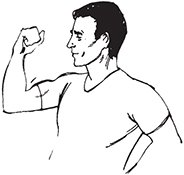
Next page






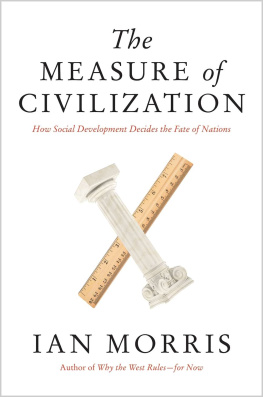



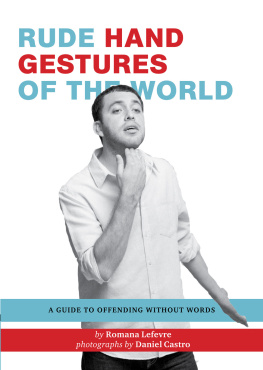



![Advait - Mudras for Sex: 25 Simple Hand Gestures for Extreme Erotic Pleasure & Sexual Vitality: [ Kamasutra of Simple Hand Gestures ]](/uploads/posts/book/81294/thumbs/advait-mudras-for-sex-25-simple-hand-gestures.jpg)
